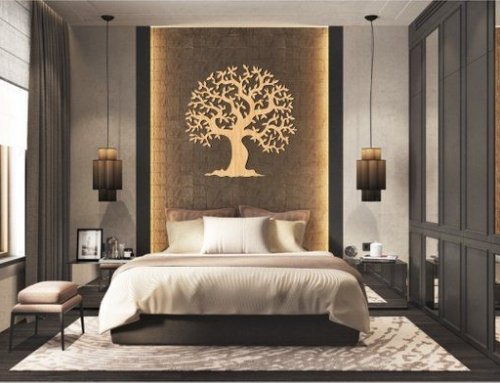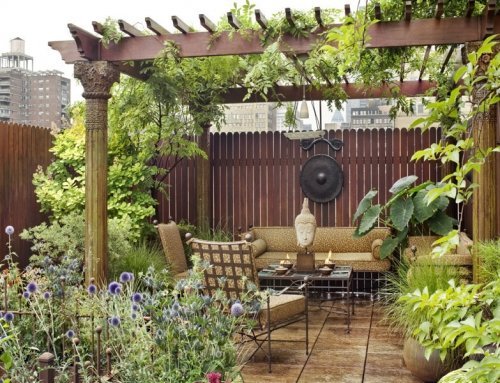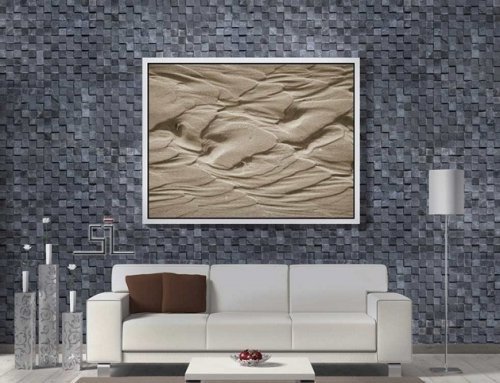How to Interior Design a KinderGarten ClassRoom
How to Interior design for a Kindergarten classroom? Interiors for Kindergarten, Play or preschool needs a careful attention to details as these facilities involve dealing with children at their tender age. Emphasis on safety, homely environment along with learning tools are key to any kindergarten school.
1. Safety at the Top
Safety should be of the most priority while designing a kindergarten school. Though there are many rules, regulation already in place, there are few major points to take care of in brief.
- Spaces should be designed in a way that children should be visible nearly all the times. the open and well monitored spaces reduce the possibility of abuse and bullying.
- Hazardous item like kitchen knives, medications, power sockets and tools should be out of reach of children.
- Emergency exit area, fire paths and rescue lines should be well defined and kept unhindered.
- Mandatory Use of nontoxic materials like glues, colours, paints, chalk and markers inside school environment.
2. Place for White or chalk board
- While designing for Kindergarten classroom, focus should be upon to find a Proper place for chalk, white or smartboard on wall having the most viewable angle.
- Though chalk board are still the most common writing medium in school, chalk dust can cause problems to asthmatic environment.
- White boards are becoming popular as writing medium as they are now easy to clean with use dry markers. These markers are generally odourless and safer than chalk.
- Smartboards are new trends, as they can be connected with laptop and able to run graphics, visual media, presentations etc. As they are numerous possibilities associated with it, with little technical and operational training, this is a fun for both teachers and students.
3. Space to display information
There should be plenty of space on walls to display various information and guidelines inside kindergarten premises esp. on walls.
Information about student roles in classroom, directions to staff and kids, schedule for various activities, List of buses and their timings, List of activities and their respective in charge, there are a lot of information which should be easily visible on walls.
Information writing should consist of large words and supported with graphics where ever possible to make it easier to understand for children.
4. A large meeting places
As Kindergarten schools imparts learning through informal ways, hence instead of fixed arrangement of seating there are generally flexible options for children to sit.
In general, there is usually a large space in between of classroom typically with low ht. big sized round table to be used as children group reading and activity area, eating or sometimes even to take a nap.
Generally, teachers need a relatively high chair for sitting during reading story book or teaching lesson so that they can be easily seen by all.
For children, a soft, low height, warm coloured chairs are preferred. Upholstered chairs are less preferable because of possible allergy issues with them and they tend to be bit dusty and soiled as the time pass.
Never use rocking or swivel chairs as children use to do stunts with them, which can create grave injuries and hazard. Additionally, these types of chairs often create distraction among children.
5. Working Areas
Provide for assigned seating with tables. Tables should be circular or curved edge rectangular to avoid injuries through sharp cuts. There should be enough chairs with few extra. Metal is preferred over wood in longer runs, as they are generally moulded and free from nails and clips.
Tables are preferred over individual desks as it promotes community and cooperation among children. Young children often find it difficult to sit alone rather than in company of others.
Though if a space is large enough, we can make a combination of tables and desks. Generally working on sheets are easier on personal desk but giving demonstration or hands on experience, which everyone can see, is easier on large sized tables.
6. A space to keep personal belongings
Kindergartens ought to have simple and clean organising system where children can keep their belongings like bags, lunchbox, jackets etc.
There are reservations over what is better place to keep belongings, in classroom or hallway.
Belongings kept in classrooms at one hand discourage kids to go out of class where it is hard to monitor them but on the other hand kids often tend to reach their cubbies at short intervals thus creating distractions. Thoth sometimes it only dictated by availability of space inside kindergarten.
Generally, lockers are less preferable as kids tend to hide in or play dangerously with them. Cubbies are more preferred.
Inside classroom, A personal restricted space for teachers to keep computers, notebook and reading materials where children can not reach easily.
7. Carefully planes Wall space.
Kindergarten is a unique place where walls matters more than floors. Usually there is such a wealth of information to be published on walls that’s too in big fonts and supported by graphics that teachers soon reach a point of insufficient space to display info on walls. Then the need to prioritize what need to be there on walls and what can be do away with.
- Information display such as alphabets, classroom rules, directions, maps, posters. Make sure that information displays are useful and supported by graphics to make it enjoyable to read.
- Students work, as it gives child as sense of pleasure and participation. It also makes classroom atmosphere more personal and creative. Cautions need to be taken in putting all students work on walls rather than that’s of comparatively most creative and artistic ones.
- Few items of Art or beautiful things, which a teacher really wants to display as matter of his or her choice, as the classroom not only belong to kids but teachers too.
8. Classroom Library
Kindergarten or play schools are more a place of learning rateher than teaching. Books are the focus of classroom environment. The arrangement oad organisation of books matters as much as them selves so that children can easily find them.
It is preferred to have multiple small shelves divided along various reading subjects like Animal books, stories, sports books etc. The classification should be logical and easy to be guessed. Division along small shelves not only help to find various topics easily it also help to avoid heaps and subsequent tumbling of books one over other.
Carefully audit topics of books. Have they been divided along lines? If there is a book on animal, or environment or poverty. There should be as much as diversity as possible in books categories.
Care should be given to provide ample lighting and place to read comfortably either in sitting or lying position.
9. Avoid overdo things
Avoid overdo things as in their enthusiasm, teachers tend to do few common mistakes.
- Don’t put too many things on walls. Though there is always a lot to be displayed on walls, cluttering will tend to distract focus from things displayed on walls. Various displays should be at optimum distance from one another. While there are things like maps, classroom rules, birthday reminders and activity schedules are important to be placed permanently, the other displays of creativity might be changed or rotated on routine basis to keep wall fresh and less uncluttered.
- Avoid too many bright or pop colours. This is tempting choice seen in many poorly designed play schools that they tend to fill walls and furniture’s with too many super saturated colures. They may look great for little time but actually cause over simulation & distraction among children. Instead use cool soft Pestal colours, off white or some pinch of pop colours.
- Don’t rely too much of words, instead use of graphics as much as possible. Though now a day’s kindergarten students come with basic understanding of words but still they can’t be considered as par with adults. Few children with special needs have difficulty in reading, so convey things through images, sketches wherever possible.
Designing for Kindergarten, Pre or play schools are a creative as well as sensible task. If you are planning to open such facility for children, you should definitely take assistance of specialized Architect or Interior designers for the same.
DesignWud – Top Play school Architect and Interior Designer in Delhi NCR






Leave A Comment